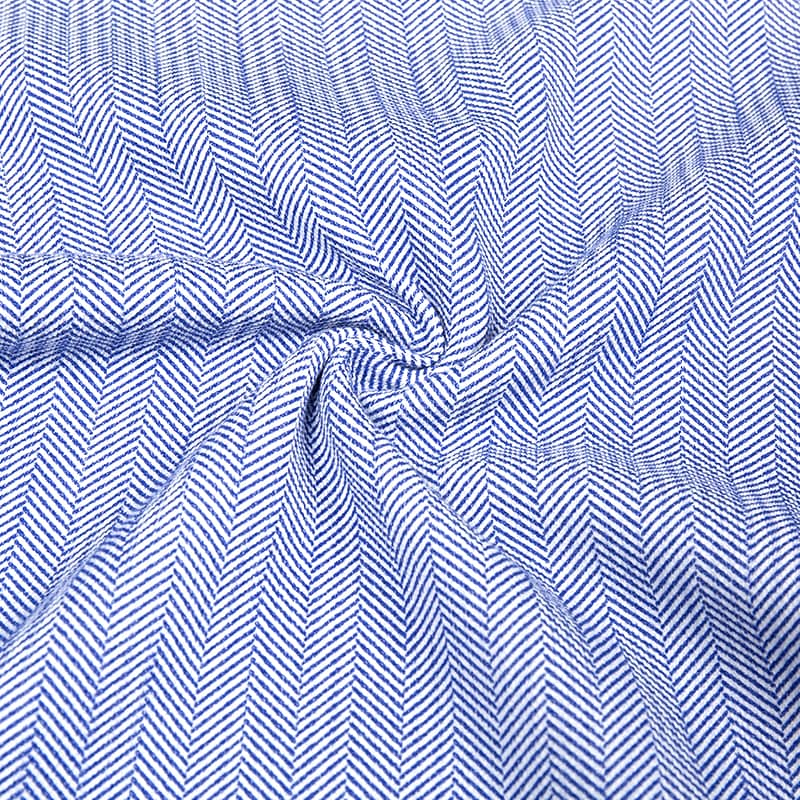
1. Fiber Selection:
Start with high-quality yarns made from fibers known for their anti-pilling properties. Long-staple cotton, combed cotton, or synthetic fibers like polyester are often preferred for their resistance to pilling.
2. Fiber Blending:
Consider blending different types of fibers in the yarn to create a balanced blend that combines the strengths of different fibers. For example, a blend of natural and synthetic fibers can improve pilling resistance.
3. Anti-Pilling Finishes:
Apply anti-pilling finishes to the yarns or fabrics during the manufacturing process. These finishes can include chemical treatments or mechanical processes that help anchor the fibers and reduce friction between them. Consult with your textile supplier or fabric manufacturer to determine suitable anti-pilling finishes.

4. Mercerization:
Mercerization is a process used for cotton yarns that can enhance their strength and durability. It involves treating the yarn with caustic soda under tension, which causes the fibers to swell and become more resistant to pilling.
5. Compact Spinning:
Compact spinning is a yarn spinning technique that creates a dense, compact structure with reduced protruding fibers. This can reduce the likelihood of loose fibers on the fabric's surface, which can lead to pilling.
6. Controlled Tension during Knitting:
Ensure that knitting machines are properly calibrated to maintain controlled tension during the knitting process. This helps prevent excessive stretching or tension that can weaken fibers and increase pilling.
7. Smooth Surface Finish:
Choose a smooth surface finish for the fabric. Fabrics with raised or textured surfaces are more prone to pilling because the raised areas can rub against other surfaces, causing friction and pilling.
8. Post-Knitting Treatments:
After the fabric is knitted, consider additional treatments, such as singeing or brushing, to remove loose fibers from the fabric's surface. This can help reduce the potential for pilling.
9. Testing and Quality Control:
Implement rigorous quality control measures to identify any potential pilling issues early in the manufacturing process. Conduct fabric testing, such as Martindale abrasion testing, to assess the fabric's durability and pilling resistance.
By implementing these pretreatment measures and ensuring quality control throughout the manufacturing process, you can maximize the pilling resistance of Pique Knitted Fabric and create durable, high-quality products that are less prone to pilling.


 English
English 中文简体
中文简体











